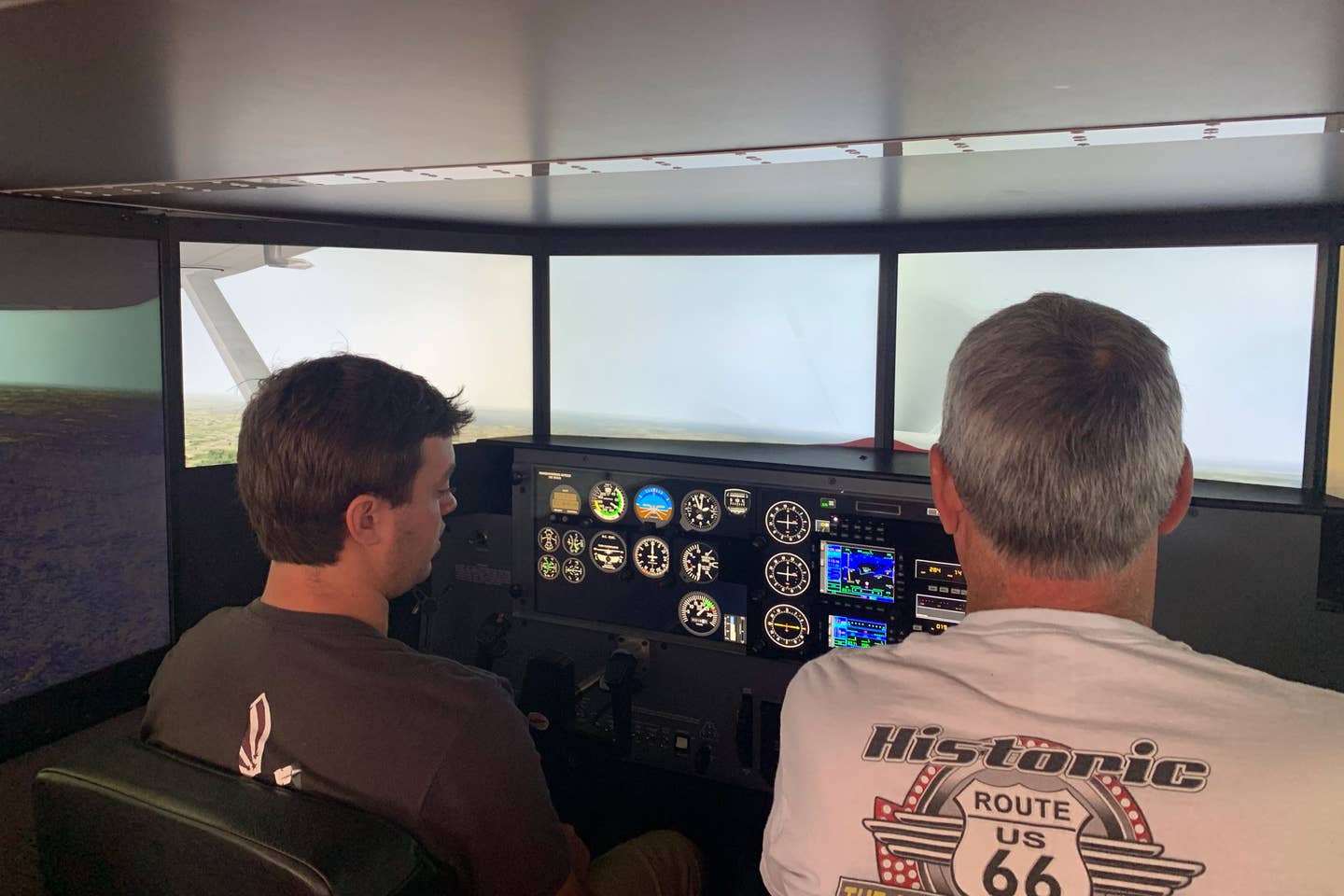
Interestingly, students and pilots seem to value flight simulation more than instructors do. Redbird Flight Simulations
Redbird Flight Simulations yesterday released the results of its first industry-wide survey conducted with the support of its partners to better understand how the flight training industry is surviving in the age of COVID-19. The 78-page document—The State of Flight Training—represents the first comprehensive survey of people from all facets of the industry, including full-time and independent flight instructors, 315 flight school operators, random pilots, and vendors. The age range of respondents skewed older with 75 percent saying they were more than 45 years of age. Redbird says overall 2,414 individuals responded to their call for information, which evolved into a solid demographic guide for anyone working in the flight training industry.
Not surprisingly, the State of Flight Training looked closely at respondents’ top challenges, including business restrictions caused by the COVID-19 pandemic, the cost of insurance, issues surrounding designated pilot examiners, acquiring new students, and aircraft maintenance. The topics respondents were less concerned about included regulatory issues and retention of CFIs, though locating and hiring more CFIs was in the list of concerns, as were airport/facility issues and financing of new equipment.
In broad terms, most flight training organizations (FTOs) weathered the 2020 pandemic storm reasonably well according to the report. “Some even benefitted from the increased disposable income and free time of consumers. Conversely, independent CFIs faced immense challenges and lacked the infrastructure and industry support to succeed during the pandemic.” On the state of marketing flight training, “in a world of lockdowns, a more sophisticated digital marketing model is a requirement,” than simply word-of-mouth referrals. In general, “Flight training organizations ranked their websites and social media channels as far more impactful than did independent CFIs.”
When it came to instructor experience, more than half of independent CFIs said they had more than 20 years of industry experience compared to 35 percent of instructors employed by flight schools. Looking ahead to 2021, respondents are slightly more hopeful about where the industry is headed when compared to 2020. “Flight training organizations leveraged their relative success this year to add to their aircraft fleet, hire instructors, and expand their simulator offerings. Over 50 percent of FTOs made a major purchase [or] lease, or increased instructor headcount in 2020.”
An interesting aside based on data gathered this year: “Students and pilots tend to value training time in a simulator more than their instructors [do]. Students and pilots rate the enjoyment of flight as their primary motivating factor for being a pilot, but their motivation during training is not ‘to just hop into the airplane.’ They want to achieve their goal and they are willing to use tools to help them do it as quickly and efficiently as possible.”
Industry partners that worked with Redbird on the survey included the Society of Flight Educators (SAFE), the National Association of Flight Instructors (NAFI), the Flight School Association of North America (FSANA), CloudAhoy, Foreflight and Flight Schedule Pro.

Sign-up for newsletters & special offers!
Get the latest FLYING stories & special offers delivered directly to your inbox






